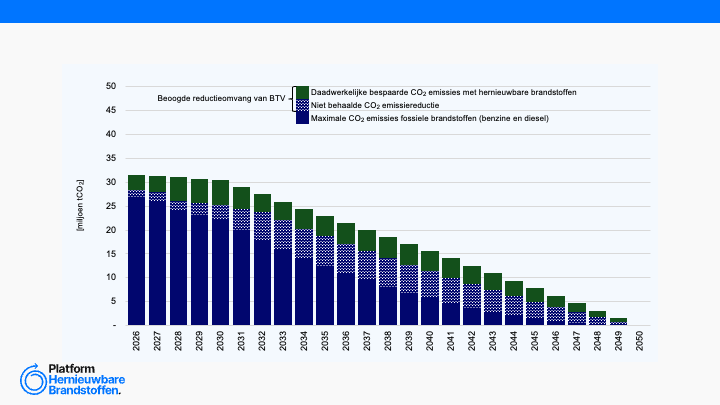US DoE: 2023 Billion-Ton Report: An Assessment of U.S. Renewable Carbon Resource | 2024


The “2023 Billion-Ton Report: An Assessmentof U.S. Renewable Carbon Resource” was recently brought forward by the US Department of Energy Bioenergy Technologies Office. This report seeks to address the fundamental question of biomass availability, with geospatial resolution and the economic accessibility of multiple feedstocks in various regions of the country. The question the report answers is how much feedstock for new bioenergy uses could be sustainably available within the United States and what would be required to bring that biomass to the market?
Biomass resource availability depends largely on markets for which timing and development pace are unknown. The report thus provides estimates of biomass resource potential in response to market demand scenarios (i.e. current, near-term, mature market, emerging) rather than year specific projections of biomass availability. Results aim to indicate national biomass resource potential as estimated under the specific conditions and assumptions constructed in the analysis for each market scenario. The results are meant to provide general insights about the potential magnitude of biomass resource availability with specific conditions, which can be useful for resource allocation planning and future policy development.
Main highlights:
- More than 1 billion tons of biomass production capacity is identified nationally, while meeting projected demands for food, feed, fiber, and exports. In the mature-market low scenario, approximately 1 billion tons of total biomass is identified, including current uses, whereas in the mature-market high scenario, approximately 1 billion tons of new biomass production is identified, above current uses.
- Near-term resources can provide approximately 350 million tons per year of biomass above current uses, which would roughly double the current U.S. bioenergy economy.
- Mature-market resources can provide approximately 800–1,200 million tons per year of biomass above current uses The largest growth in the mature-market scenarios is due to the adoption of purpose-grown energy crops.
- Resource quantities vary by price. Different types and quantities of biomass resources are expected to be available at different prices.
- Resource potentials reported in this report are not total national supplies “in field,” but rather the economically accessible fraction within specified sustainability constraints. The results are representative of what is deemed accessible in potential futures if market demand is realized and other policy goals or conditions are met.
- Deviation from the sustainability constraints considered in this analysis could result in overharvesting and negative environmental effects. New in this report is an assessment of estimated risk of deviating from sustainability constraints used here. For example, relaxing agricultural residue retention constraints causes modelled residue harvest to nearly double, risking soil erosion or loss of soil carbon.
- Evolving and emerging resources represent additional potential. For instance, in the case of microalgae and macroalgae. Combined, these resources could double or triple the billion-ton of biomass resource potential found in this report. However, supplies vary greatly with price.
The report provides an updated assessment of biomass resource that could be available nationally if demand for biomass resourcesis actualised. The assessment includes more than 40 biomass resource. The results are not intended to be predictive of future biomass production, but rather to provide an estimate of future industry potential. Supplies vary by market scenario and generally increase with offered price.
The report and key findings are available online on the following page.
An enhanced data portal for this report is available here providing data selection,visualization, and access.
Recente artikelen
Analyse brandstoftransitieverplichting

Nederlandse industrieclusters presenteren bidbook: Een basisindustrie om op te bouwen: nu & in de toekomst


